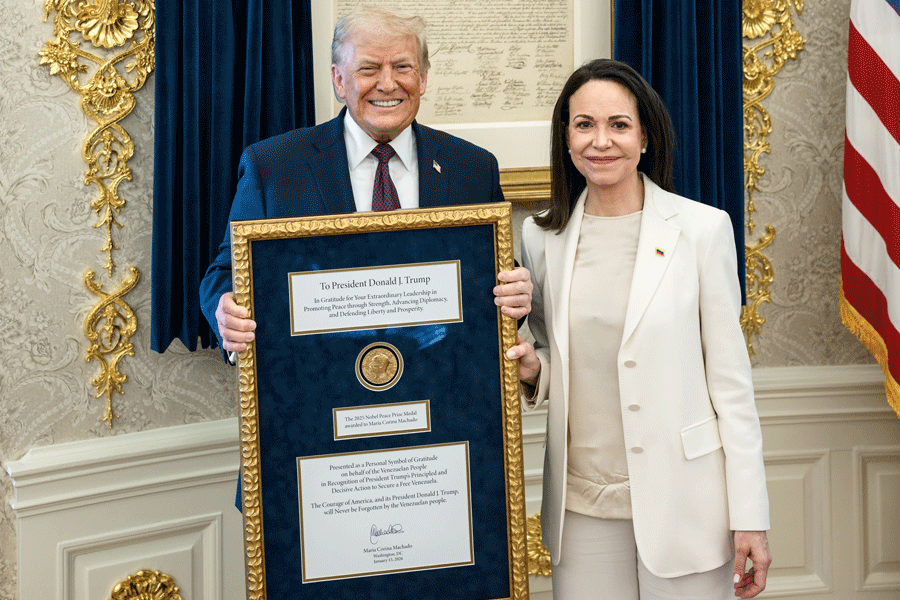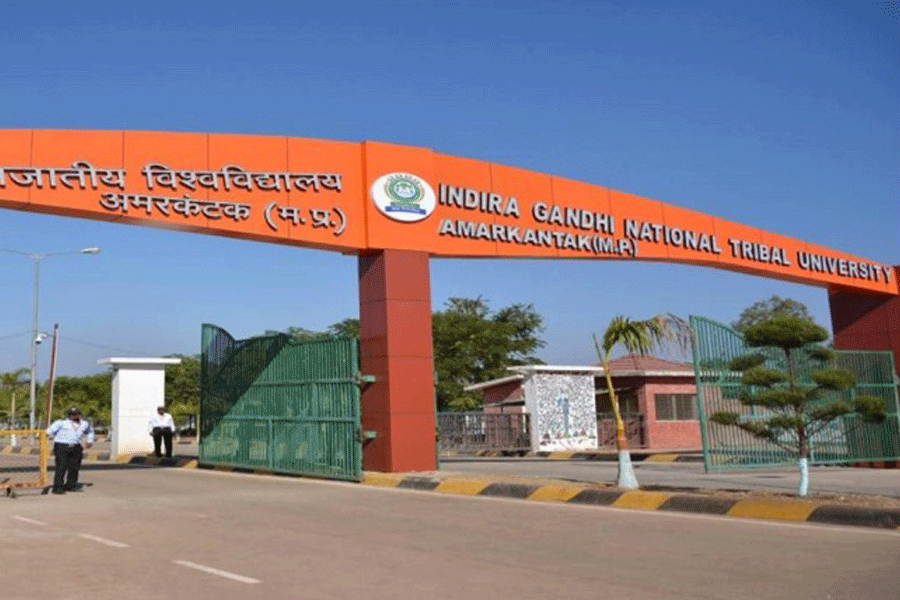Jairampur, Jan. 28: A conservation law that judges the importance of a place of historical interest by its antiquity has ensured that the region’s largest World War II cemetery — undiscovered till 1997 — remains in obscurity.
The Arunachal Pradesh Monuments and Architecture Preservation Act, 1990, stipulates that any structure or place of historical importance can be “officially protected” if it is at least 100 years old. Since the seven rows of graves tucked away inside a forest along the Jairampur stretch of the Stilwell Road are only 62 years old, they must — going by the book — wait another 38 years for their place in the sun.
Nobody seems more distressed by this monumental tale of neglect than the man who led the team that discovered the graves of around 1,000 Taiwanese, American, Kachin and Indian soldiers, engineers and workers who died in the line of duty.
Tage Tada, an archaeologist and the director of the research department, combined scraps of historical data and traced the graves to a place 30km from the famous Pangsau Pass (Hell Pass) in Changlang district, bordering Myanmar. It was an area only the bravest of villagers had ventured into previously and Tada’s team was the first to officially confirm the presence of graves of World War II vintage there.
The Jairampur site has more graves than any other war cemetery in the Northeast, including Kohima War Cemetery. One of the epitaphs in Chinese and English reads: “Major Hsiao Chu Ching, Company Commander of 2nd Company of 2nd Battalion of 10th Regiment, Independent Engineers of Chinese Army stationed in India, died in December 1943.”
The inscription on Ching’s grave, still legible, states that he was born in July 1913 in “Wei Country of Hapeh Province”.
Does Ching’s family now know where he lies? Very unlikely, given the fact that the Jairampur graveyard has not even been officially accorded the status of a war memorial.
“A little effort from the government could have saved this cemetery from decay and destruction. The Centre has officially recognised the other four war memorials — two in Imphal and one each in Kohima and Guwahati. Strangely, the one with the most number of graves is wallowing in neglect,” Tada said.
In all likelihood, the Jairampur graveyard was set up when the Stilwell Road (Ledo Road) was being constructed from India to Kunming in China via Myanmar to facilitate easy transit for the Allied Forces. Fatigue, calamity, scarcity of food and diseases like malaria killed many of the soldiers and workers during that period.
Some of the graveyards are of Adi (Abor), Mishmi and Jaintia soldiers who fought for the Allied Forces, but there is very little evidence left of their antecedents. Researchers blame the Assam Rifles, which helped in the discovery of the graves, of mishandling some of the evidence that was available.
“One of the challenges was to retrieve the surface evidence but some of these were destroyed by Assam Rifles personnel during excavation,” Tada said.










